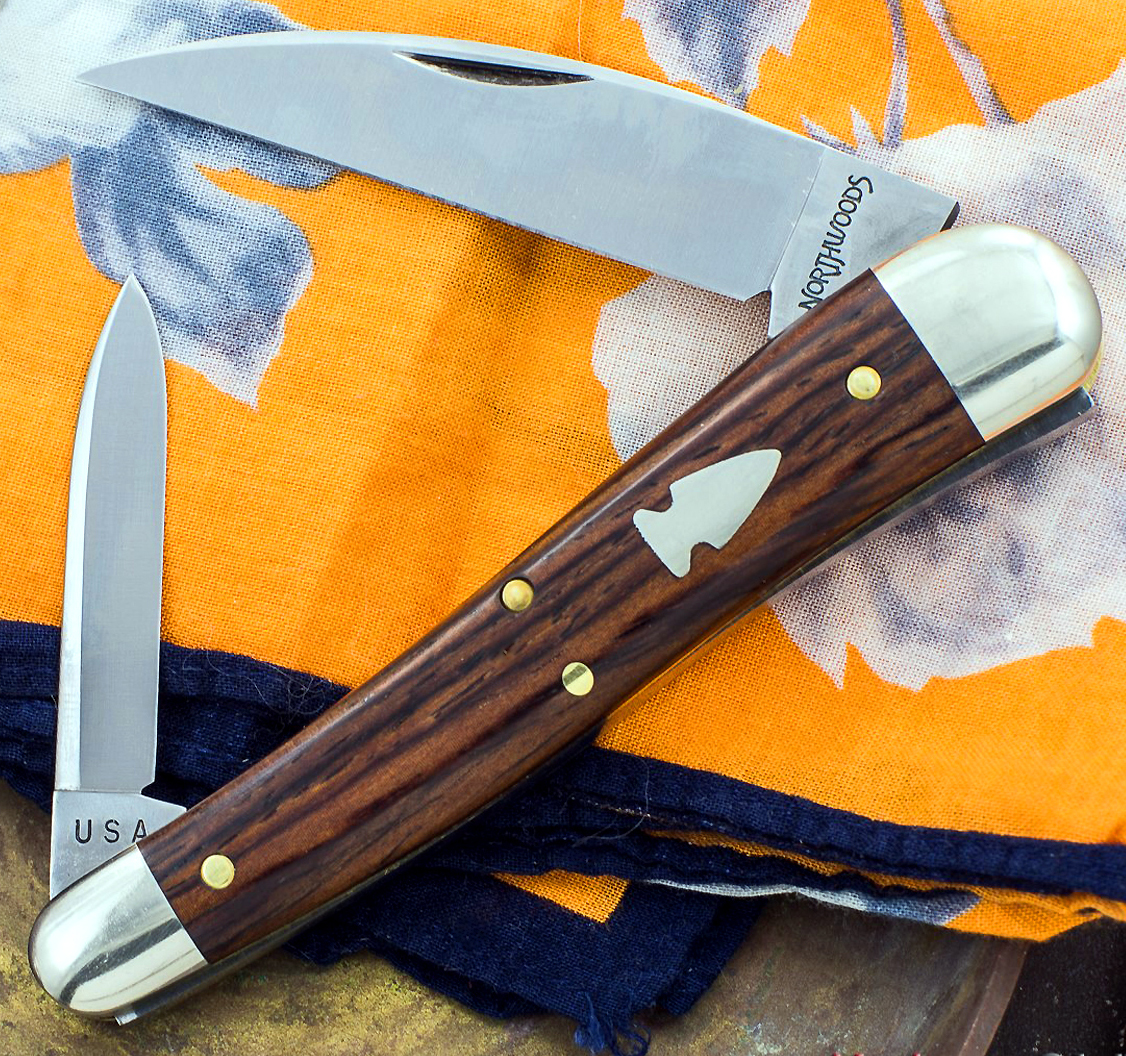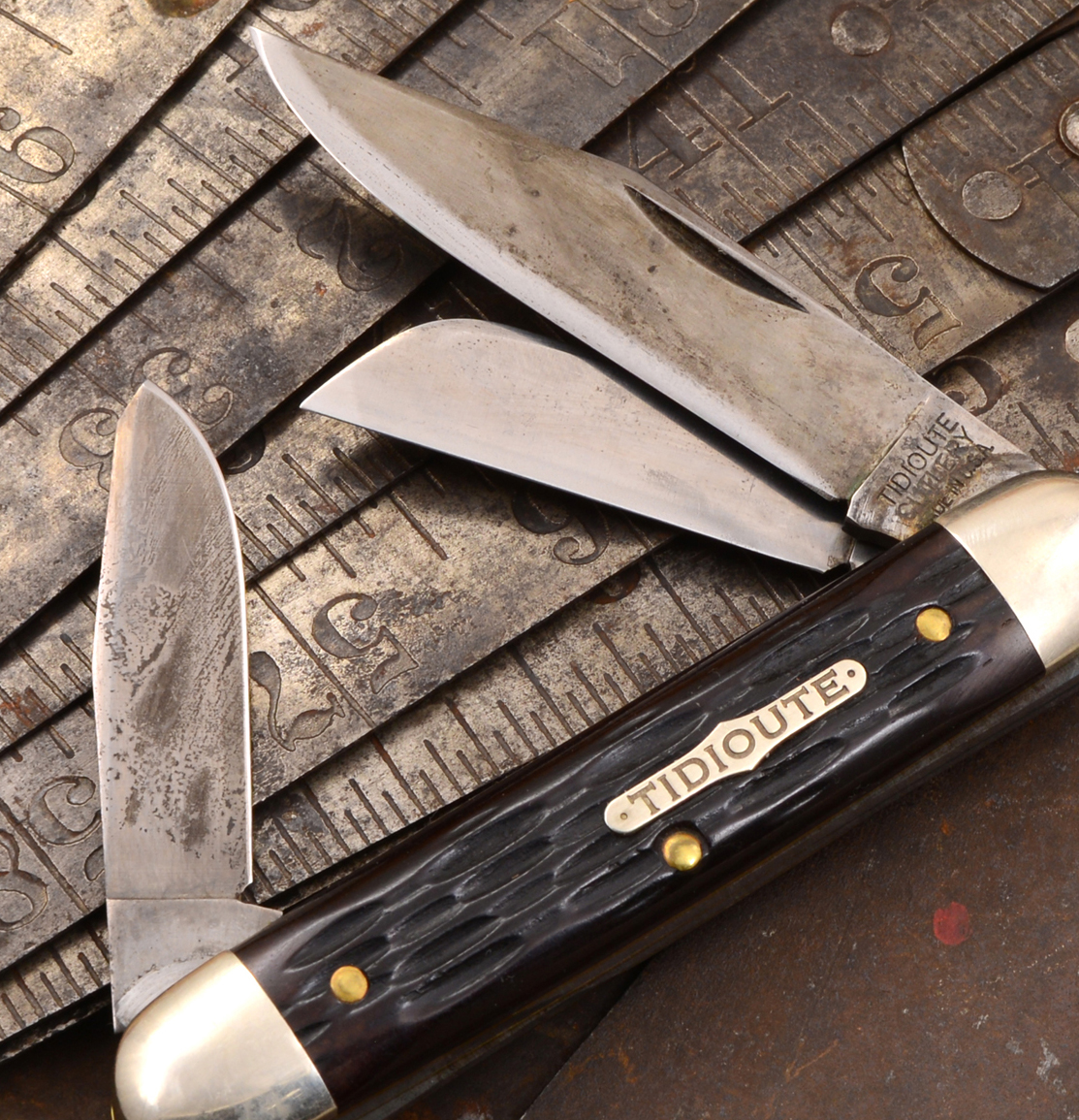FAQ: What's the perfect number of blades for a slipjoint pocketknife?
23rd Jul 2015
That's a great question, albeit one that opens a big can of worms. We'll be glad to share our opinions here, without presuming that we'll be able to settle the matter.
Some folks are adamant that you really only need one blade -- the right blade -- and all will be right with the world. Others insist that two blades, preferably of different patterns and sizes, is the best setup. Still others sing the praises of three blades, or even more.
It's not a new debate, not by a long shot. Even Nessmuk and Kephart, those iconic woodsmen of yesteryear, had different opinions. Nessmuk favored a "strong double-bladed pocket knife," while Kephart first carried "a good jackknife [with] one heavy blade [and] a small, thin blade" before later advocating a slipjoint with "one stout blade...and two small blades."
Honestly, most of the time we're perfectly happy with a one-blade pocketknife like a Northwoods Madison Barlow or a Great Eastern Cutlery #73. We can handle our everyday tasks just fine with a single substantial blade, thank you very much, whether we're opening boxes or quartering an apple for lunch.
That's not our first choice, however.
We're especially fond of carrying a two-blade slipjoint -- usually a small one like a Northwoods Norfolk or Willamette Whittler. We've found that having a pair of different blades suits us well, allowing us to select the right tool for a particular job.
When we carry a pocketknife with more than two blades, usually it's because we're channeling our inner Horace Kephart -- that is, when we're woods-walking, camping, hunting or fishing.
A stockman like the Great Eastern Cutlery #82, a #61 Congress or even a small slipjoint like the Northwoods Norfolk Whittler gives us the kind of versatility and security we welcome when we're afield.
So yes, we understand the convenience of carrying a pocketknife with two or more unique blades in the same compact frame -- but there's another benefit of a multi-blade knife that you may not have considered.
When you have more than one blade, you can sharpen each one differently.
Think about it -- you could leave one blade with a " toothy" edge for cutting rope or twine, put a chisel grind on another for shaving wood or leather, and convex a third blade for general use. With multiple blades, you gain the flexibility to customize each one for specific tasks.
In the end, that's what it's all about when picking a knife to carry -- looking at the tasks you'll ask it to do and then choosing the right tool (or the right number of blades) for the job. There's no correct answer, of course, but we're confident that you'll figure out what's best for you.
And after all, isn't that half the fun?



